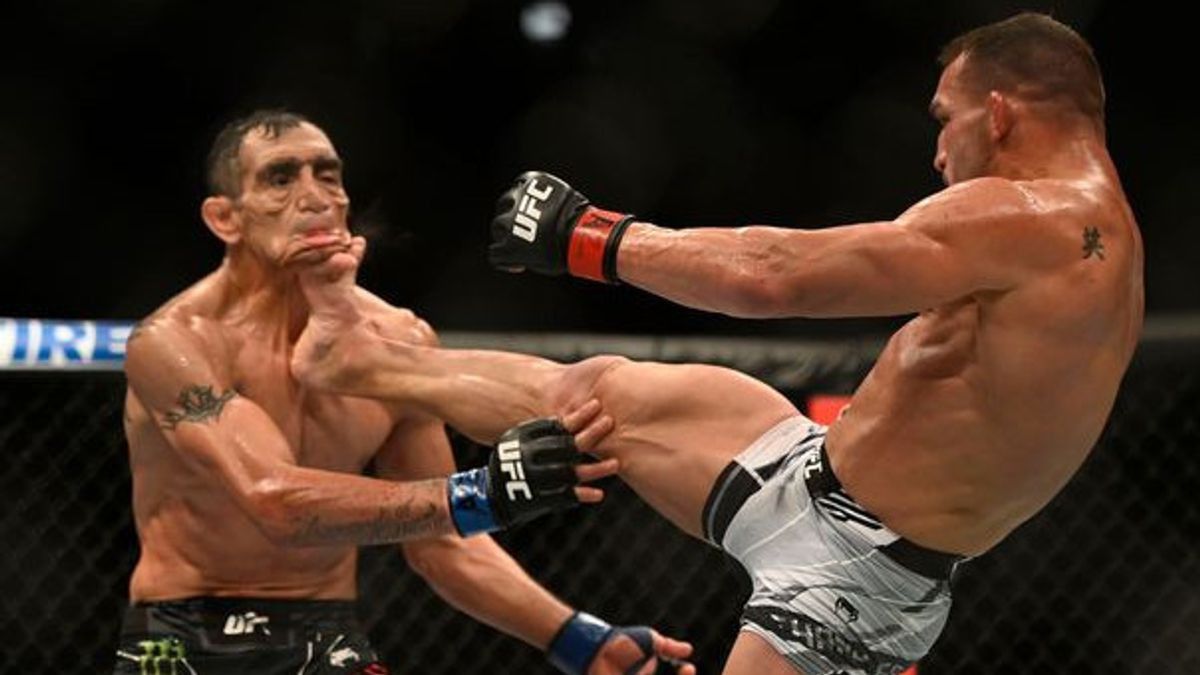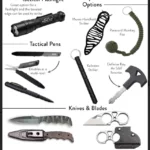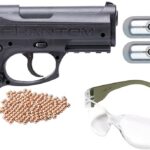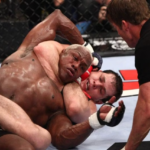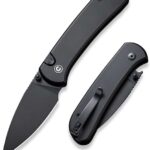Mixed Martial Arts, or MMA, is a dynamic and varied fighting sport that combines various disciplines such as striking, grappling, and groundwork techniques. MMA, as opposed to traditional martial arts, comprises a wide variety of fighting styles, allowing learners to adapt and combine multiple tactics for offensive and defensive objectives.
At its core, MMA emerged as a competitive sport in which athletes compete in regulated fights to demonstrate their expertise in various martial arts disciplines in a controlled environment. Fighters employ a variety of techniques from disciplines such as Brazilian Jiu-Jitsu, Muay Thai, boxing, and wrestling, among others, to achieve victory via talent, strategy, and adaptability.
read also:Tai Chi good is for self-defense
The Foundations of MMA for Self-Defense – Principles of Self-Defense
Self-defense contains core ideas essential for protecting oneself in uncertain situations. It includes a few physical techniques, but also mental toughness and situational awareness. Aggressive action, recognizing one’s environment, and using proportional force as a last resort to avoid or neutralize threats are key principles.
How MMA Techniques Align with Self-Defense Strategies
The adaptability and diversity of MMA make it suitable for a variety of self-defense situations. Its tactics, which are derived from various martial arts disciplines, provide a well-rounded approach to situations of conflict. Striking techniques from Muay Thai and boxing aid in distance creation, while grappling techniques from Brazilian Jiu-Jitsu and wrestling provide choices for controlling and neutralizing opponents, effortlessly integrating with self-defense strategies.
The Importance of Balance, Technique, and Awareness
Balance, technique, and awareness form the cornerstone of effective self-defense through MMA. Balance ensures stability during movement and engagement, enabling swift responses. The technique, refined through consistent training, enhances the efficacy of strikes, locks, and submissions. Meanwhile, heightened awareness empowers individuals to anticipate and react to potential threats swiftly.

Core Techniques in MMA Suitable for Self-Defense
Striking Techniques (Kickboxing, Boxing)
Striking techniques within MMA encompass the art of delivering powerful and precise blows using limbs, especially fists, elbows, knees, and feet. Borrowed from disciplines like kickboxing and boxing, these techniques emphasize effective striking ranges and angles. Practitioners learn to execute punches, kicks, elbows, and knees with accuracy and force, providing options for creating distance or inflicting damage upon attackers.
Grappling Techniques (Brazilian Jiu-Jitsu, Wrestling)
Grappling techniques, derived mainly from Brazilian Jiu-Jitsu and wrestling, focus on controlling opponents through holds, locks, and ground-based manoeuvres. In self-defense situations, these techniques enable individuals to neutralize threats by immobilizing assailants, applying joint locks, or employing submission holds, emphasizing control without necessarily causing harm.
Defense and Counterattack Strategies
MMA doesn’t solely emphasize offensive tactics but also emphasizes defense and counterattacks. Practitioners are trained extensively in evading strikes, blocking attacks, and utilizing defensive stances. Moreover, counterattacking techniques enable individuals to turn an assailant’s aggression against them, offering opportunities to neutralize threats while minimizing risk.
Utilizing Various Martial Arts Disciplines in MMA
The beauty of MMA lies in its versatility, as it amalgamates techniques from diverse martial arts disciplines. By blending and adapting techniques from disciplines such as Muay Thai, Taekwondo, judo, and more, practitioners gain a comprehensive skill set to address a wide spectrum of threats in real-life scenarios.
Mental Preparedness in Self-Defense Through MMA
Developing Confidence and Mental Toughness
MMA training instils a profound sense of confidence and mental resilience in practitioners. Through rigorous practice and facing various challenges in the gym, individuals gradually build self-assurance in their abilities. The mental toughness cultivated in MMA classes not only aids in facing physical altercations but also instils a mindset to remain composed and focused under pressure.
Situational Awareness and Assessing Threats
Situational awareness, a crucial aspect of self-defense, is a skill honed in MMA training. Practitioners are trained to assess their surroundings, identify potential threats, and recognize signs of danger. This heightened awareness allows individuals to preemptively recognize and avoid potentially risky situations, contributing significantly to personal safety.
Avoidance and De-escalation Techniques Taught in MMA
MMA doesn’t just emphasize physical combat; it also teaches valuable avoidance and de-escalation techniques. Understanding that physical confrontation is a last resort, practitioners are coached on strategies to defuse conflicts verbally, employing techniques to calm situations before they escalate into physical altercations, thus prioritizing safety and minimizing the need for physical force.

Training in MMA for Self-Defense
Finding Reputable MMA Gyms or Instructors
Locating reputable MMA gyms or instructors is pivotal for quality training in self-defense. Seek establishments or professionals with a proven track record in teaching MMA techniques specifically tailored for self-defense applications. Consider factors such as instructor credentials, facility amenities, and student testimonials to ensure a conducive learning environment.
Structured Training Programs for Self-Defense Applications
Structured training programs tailored for self-defense offer a systematic approach to learning MMA techniques. These programs typically encompass diverse techniques relevant to real-life scenarios, emphasizing practicality over sport-specific moves. Look for programs that cover striking, grappling, defense, and situational drills to develop a well-rounded skill set for self-protection.
Importance of Consistent Practice and Progression
Consistent practice forms the cornerstone of proficiency in MMA for self-defense. Regular training sessions not only reinforce learned techniques but also enhance muscle memory and reflexes crucial during high-stress situations. Additionally, progression in skill level and proficiency requires dedication, commitment, and a willingness to continuously learn and refine techniques.
Safety and Ethical Considerations
Understanding the Limitations of MMA for Self-Defense
It’s crucial to recognize that while MMA offers a diverse skill set, it does have limitations in certain self-defense scenarios. MMA training primarily focuses on controlled environments and regulated bouts, which might differ from real-life confrontations. Understanding these limitations helps practitioners assess when and how to apply MMA techniques effectively and adapt them to varying situations for optimal self-protection.
Importance of Responsible Use of Techniques
Responsible utilization of MMA techniques is paramount in self-defense. Training should emphasize the ethical and moral aspects of using force, emphasizing the need to employ techniques only when necessary to protect oneself or others from harm. Responsible practice discourages unnecessary aggression and reinforces the principle of using proportionate force in self-defense situations.
Legal Implications and Self-Defense Laws
Understanding the legal implications surrounding self-defense is crucial for individuals training in MMA. Laws about self-defense vary across regions and countries, and practitioners must familiarize themselves with these regulations. Training should include education on legal boundaries, ensuring individuals comprehend when and how they can use force within the confines of self-defense laws.
Guidance on Starting MMA Training for Self-Defense Purposes
Starting MMA training for self-defense begins with researching reputable gyms or instructors specializing in self-defense applications. It’s crucial to communicate your intentions with instructors to ensure tailored training is aligned with your goals. Begin with foundational classes, gradually advancing as you build skills and confidence in various techniques relevant to self-protection.
Frequently Asked Questions About MMA for Self-Defense
Addressing Common Queries and Misconceptions
- Is MMA only for professional fighters?
MMA training is beneficial for anyone seeking self-defense skills, regardless of their intent to become a professional fighter. It offers practical techniques applicable to real-life defense scenarios. - Does MMA training require prior martial arts experience?
No prior experience is necessary. MMA training welcomes individuals from diverse backgrounds, and instructors tailor sessions to accommodate beginners while gradually advancing their skills. - Is MMA training safe for beginners?
With proper guidance and adherence to safety protocols, MMA training is generally safe. Instructors prioritize safety by gradually introducing techniques and emphasizing controlled practice. - Can you defend yourself with MMA?
Yes, MMA cultivates multifaceted skills for practical self-defense in diverse situations. Training encompasses striking, grappling, and defense techniques, empowering individuals to protect themselves effectively.
- Will MMA help in a street fight?
MMA’s holistic training equips practitioners with adaptable techniques suitable for unpredictable street-fight scenarios. Its emphasis on various combat elements aids in navigating and responding effectively to real-life altercations.
- Can I do MMA at home?
While basic drills can be practised at home, comprehensive MMA training requires professional guidance in a specialized facility for proper technique mastery and safety.
- Is there Krav Maga in MMA?
Though distinct, certain practical self-defense principles in MMA align with Krav Maga’s focus on real-life scenarios.
- Can you use MMA in real life?
Yes, MMA techniques are highly adaptable and applicable in real-life self-defense situations, offering effective solutions when facing threats.
- Can anybody do MMA?
MMA is inclusive, welcoming individuals of diverse ages and fitness levels to engage in its training.
- Can you start MMA at any age?
Certainly, one can commence MMA training at any age with proper guidance and commitment to learning.
- How can I increase my strength in fighting?
MMA integrates strength and conditioning exercises, enhancing overall fighting strength effectively and efficiently.
- Can I learn MMA as a hobby?
Yes, many pursue MMA training as a fulfilling recreational pursuit and hobby, enjoying its physical and mental benefits.
- Is 23 too old to start an MMA career?
No, 23 is not a late start for an MMA career; many successful fighters have begun their careers around this age.
- Which is best, MMA or gym?
MMA focuses on martial arts for self-defense, while a gym primarily emphasizes fitness routines; the choice depends on individual goals.
- Which is better, gym or martial arts?
It varies based on objectives; gyms concentrate on fitness, while martial arts like MMA encompass fitness alongside self-defense.
- Can a bodybuilder beat a martial artist?
Success depends on factors like skill, technique, and the context of the fight, rather than solely on physique.
- Does MMA increase strength?
Yes, MMA, inclusive of strength training, contributes significantly to enhanced physical strength.
- Can I do gym and MMA together?
Combining gym workouts with MMA training offers a holistic approach to overall fitness and skill enhancement.
Conclusion
In summary, MMA stands as a versatile and comprehensive discipline offering valuable tools for self-defense. Its integration of various martial arts techniques equips individuals with a diverse skill set adaptable to real-life threats. By emphasizing striking, grappling, defense, and mental preparedness, MMA is an effective means of self-protection.
Embracing MMA as a tool for self-protection empowers individuals to take charge of their safety. The training instils not just physical skills but also the mental resilience and awareness necessary to navigate potential threats confidently. Emphasizing the practicality of MMA in real-world scenarios, it encourages individuals to explore and benefit from its applications in self-defense.
In conclusion, whether you’re seeking to enhance personal safety, boost confidence, or acquire practical self-defense skills, MMA offers a comprehensive platform for achieving these goals. Take the initiative to explore reputable MMA training centres, commit to consistent practice, and embrace the principles taught to ensure preparedness in safeguarding oneself and others.
